The flexible and foldable 3D probes were surprisingly durable when inserted into brain tissue to map the deep functioning of neurons.
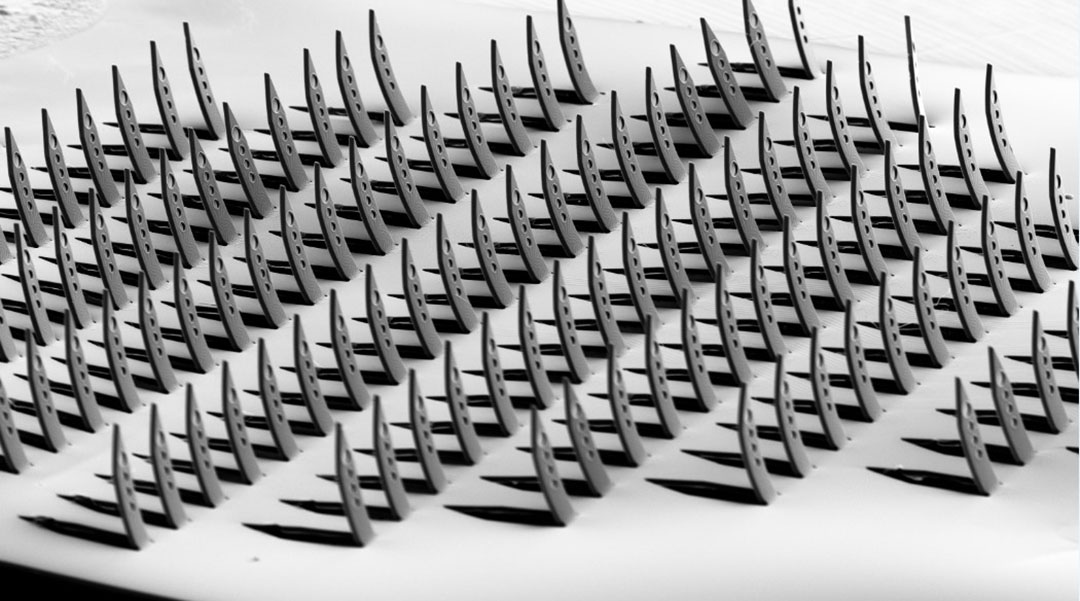


The flexible and foldable 3D probes were surprisingly durable when inserted into brain tissue to map the deep functioning of neurons.

The sensitive e-skin robotic coating applies ultrasonics and AI while taking its inspiration from the Japanese art of Kirigami.
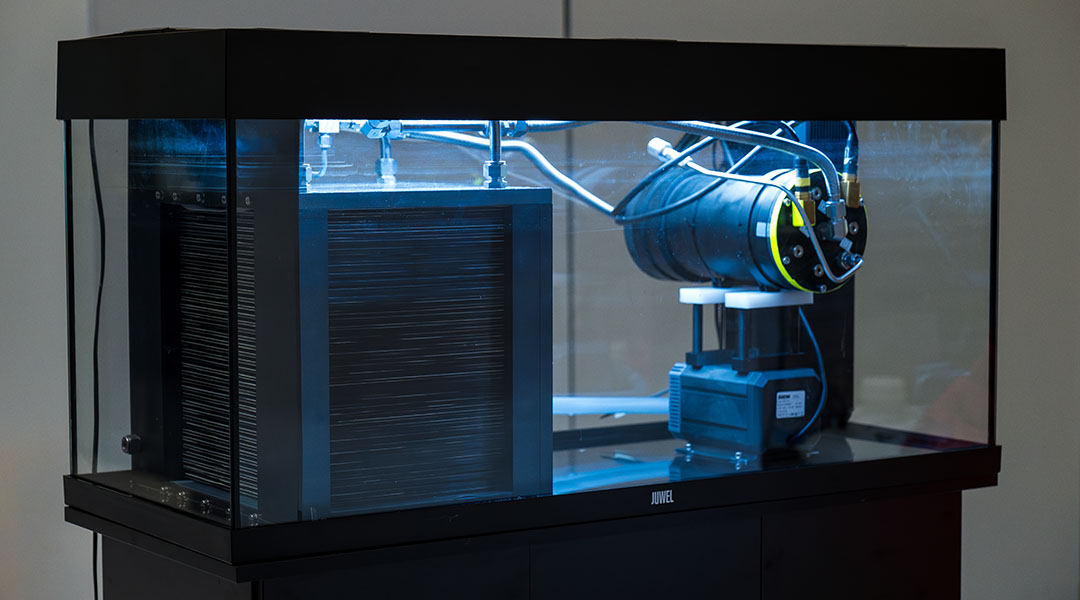
A fish-inspired fuel cell concept could provide a cost-effective alternative to batteries in underwater vehicles.
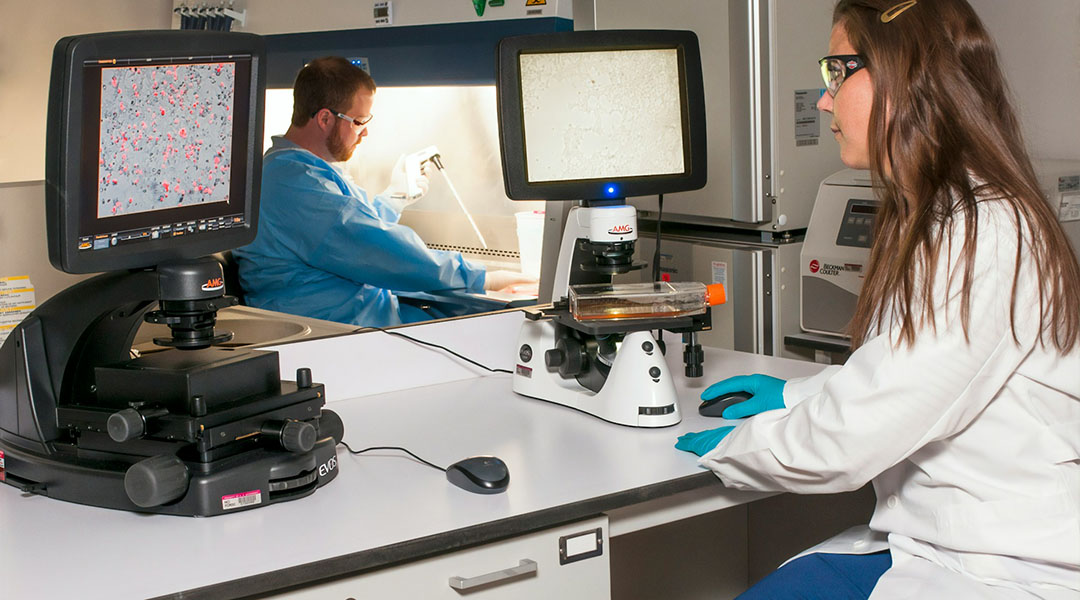
A new nanocarrier-based cancer vaccine used for the treatment of an aggressive and lethal form of skin cancer has been tested on mice, showing promising results.
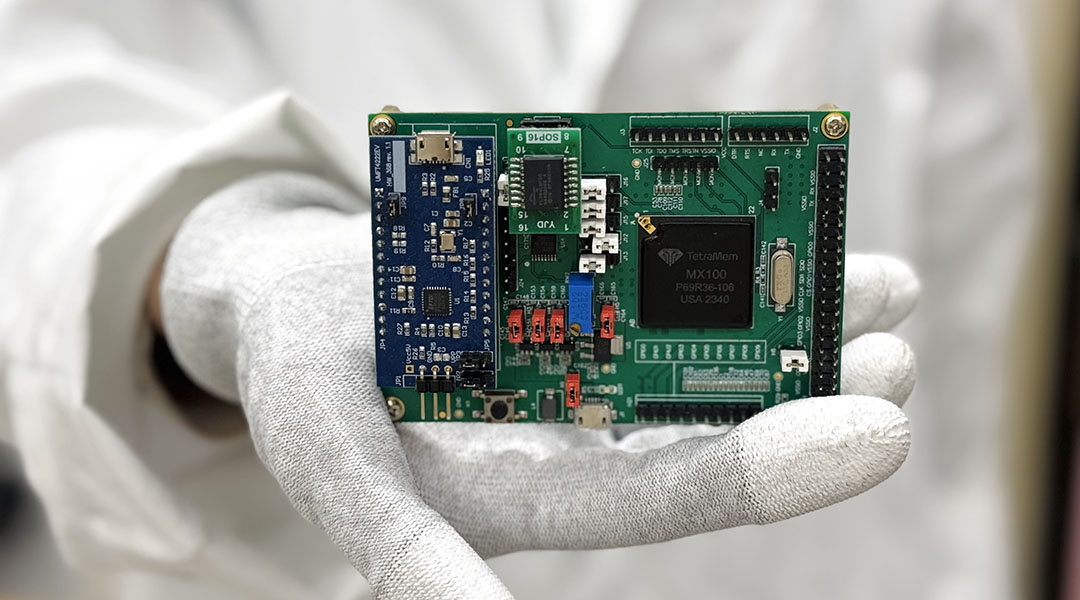
The system detects biomarkers for life-threatening diseases, such as heart attacks and cancer, enabling timely medical intervention.
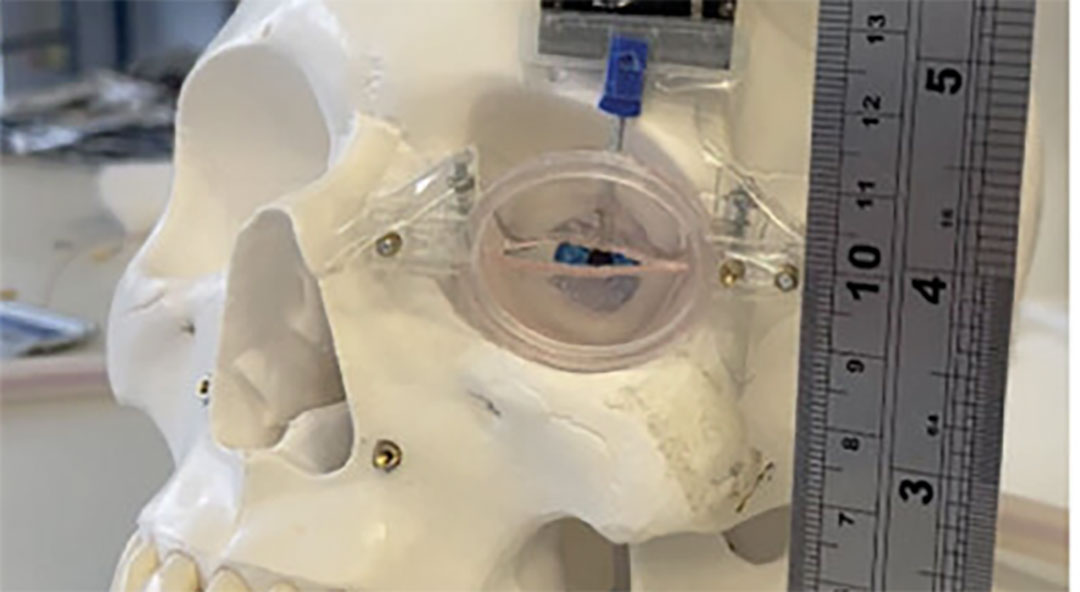
A soft implant could avoid multiple surgeries and long waiting times while improving the living conditions of facial paralysis sufferers.
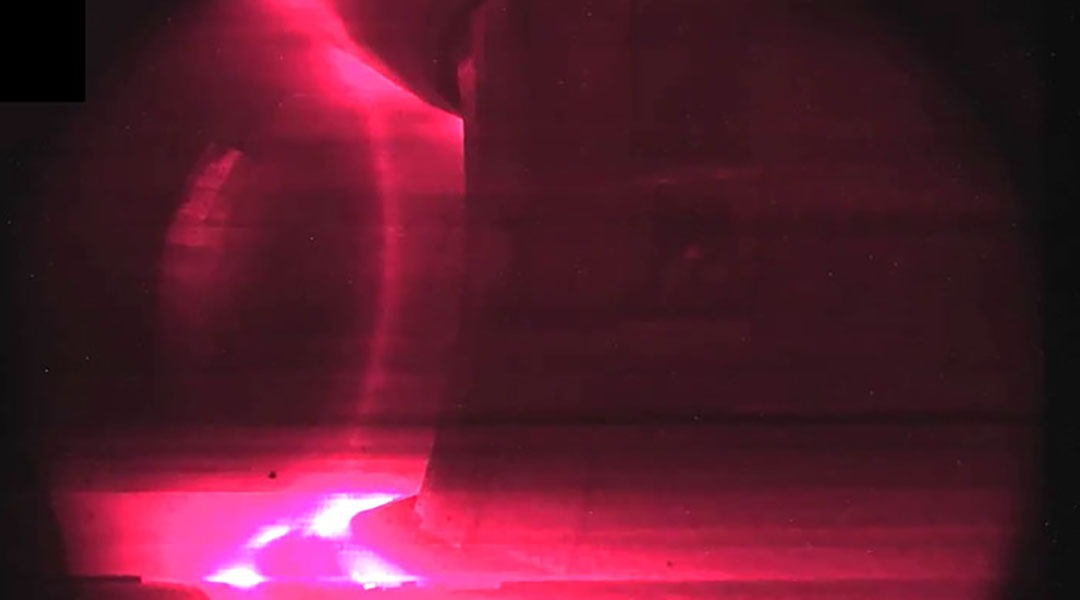
Scientists at the WEST tokamak in France set a new plasma duration record, bringing us closer to achieving nuclear fusion for clean energy.
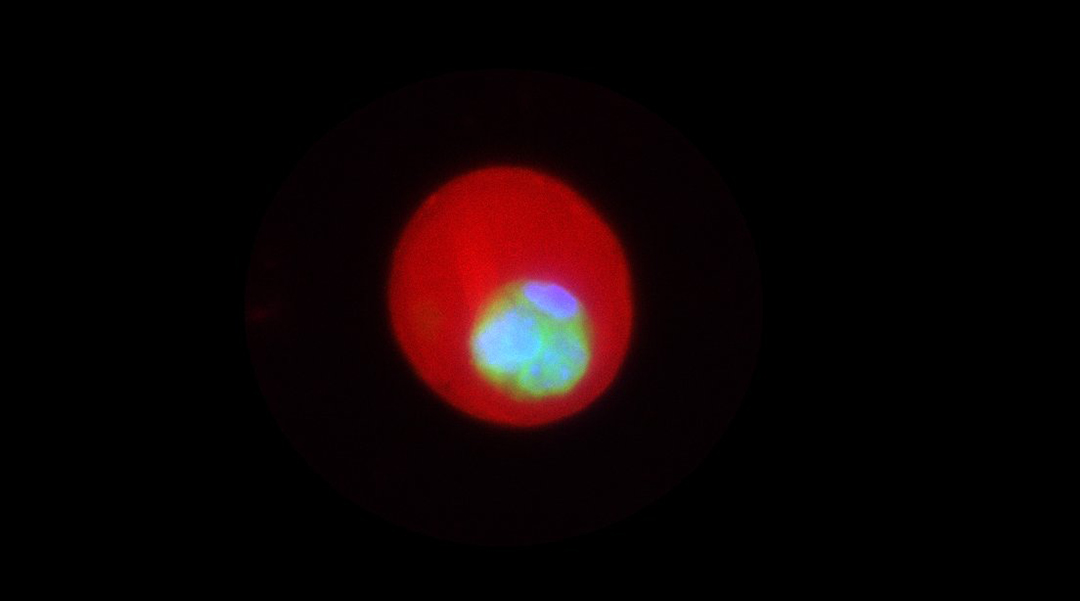
A new 3D cell culture allows researchers to study how mechanical pressure influences stem cells for regenerative medicine and cell therapy.

BENEIN is a computer network that can identify the master regulators that cause normal cells to go cancerous.
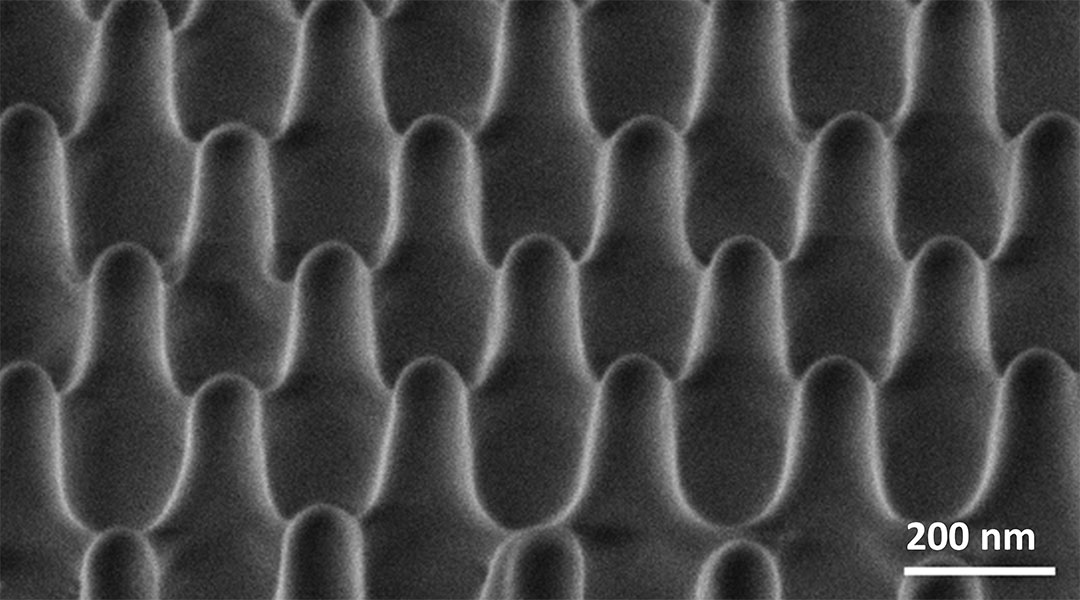
Scientists are using nanomaterials to pressure bacteria and find new ways to combat antibiotic resistance.